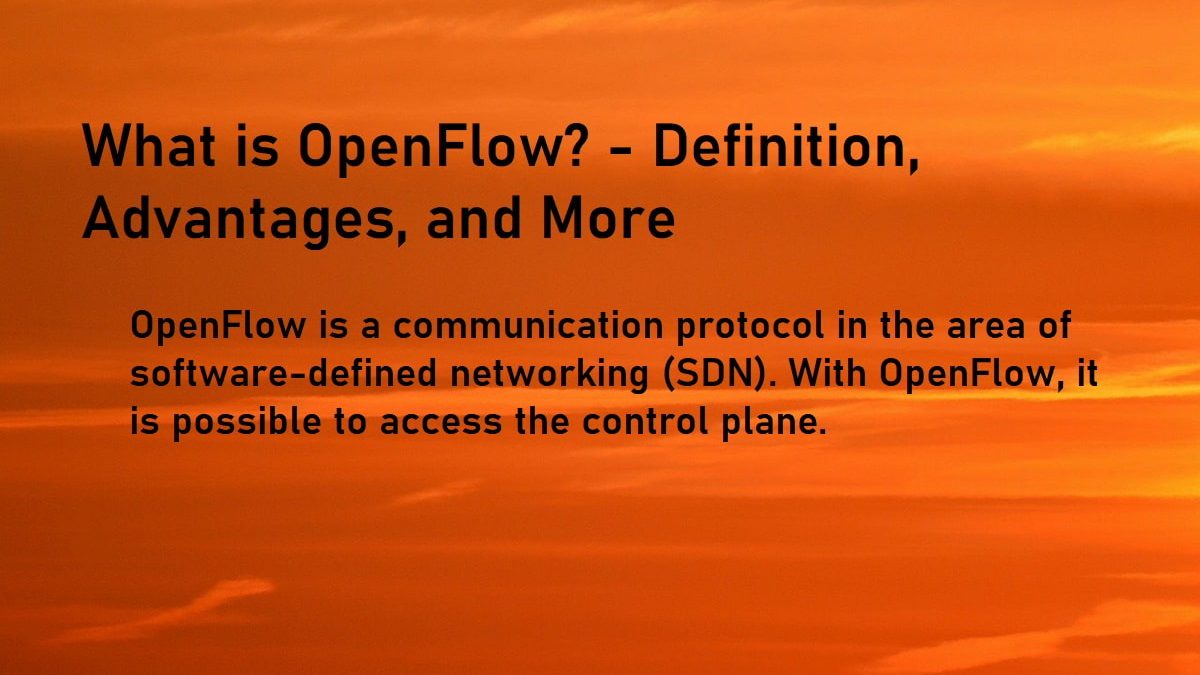Table of Contents
OpenFlow Definition
OpenFlow is a communication protocol in the area of software-defined networking (SDN).
With OpenFlow, it is possible to access the control plane of a router or a switch and to control the forwarding of packets.
It follows the basic principle for network elements such as routers or switches.
This allows the control logic of the network to move to an external controller.
The routing of packets is no longer controlled by the router or the switch, but by the application in the controller.
What are the advantages of OpenFlow in software-defined networking?
The networks using proprietary hardware and software with intelligence distributed on individual devices can break up by uniform central control logic.
- The system is becoming more flexible, agile and more natural to adapt to changing requirements.
- There are also various savings effects through the use of cross-manufacturer systems.
- A consistent network created because there are no more network boundaries and incompatibilities due to different equipment from different manufacturers.
- Since OpenFlow is an open standard that supports many large manufacturers, the hardware is fundamentally easier to replace.
What is the classification of OpenFlow in software-defined networking?
A software-defined network can divide into data and a control level.
- OpenFlow makes it possible to separate data and control levels outside of a switch or router.
- A control and administration entity located in the controller controls the forwarding plane at the data level.
- It creates a standardized network in which the controller instructs its routers and switches how to forward data packets.
- The controller defines the network paths (flows). The communication between open-flow switches and routers and the controller secures via a secure socket layer connection (SSL).
What is a Hybrid [OpenFlow] approach?
- They offer hardware such as routers and switches that are OpenFlow-capable but also master conventional forwarding mechanisms.
- And also, Many manufacturers are implementing OpenFlow.
- In addition, a distinction can be made in the devices whether the switch masters forward mechanisms according to individual port groups or both types of traffic control.
- VLANs or trunk connections, is an operator of a large data center, can split up their networks almost.

